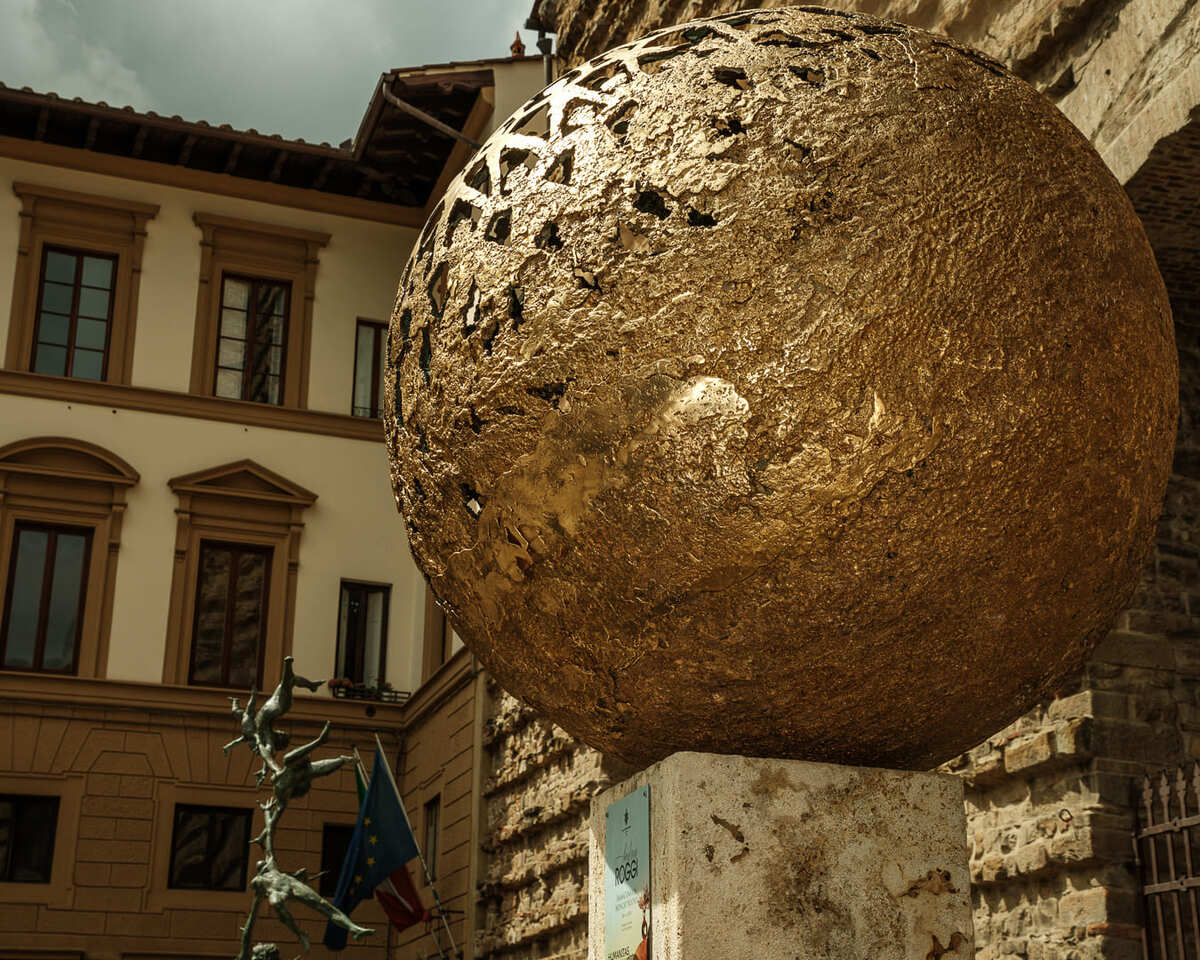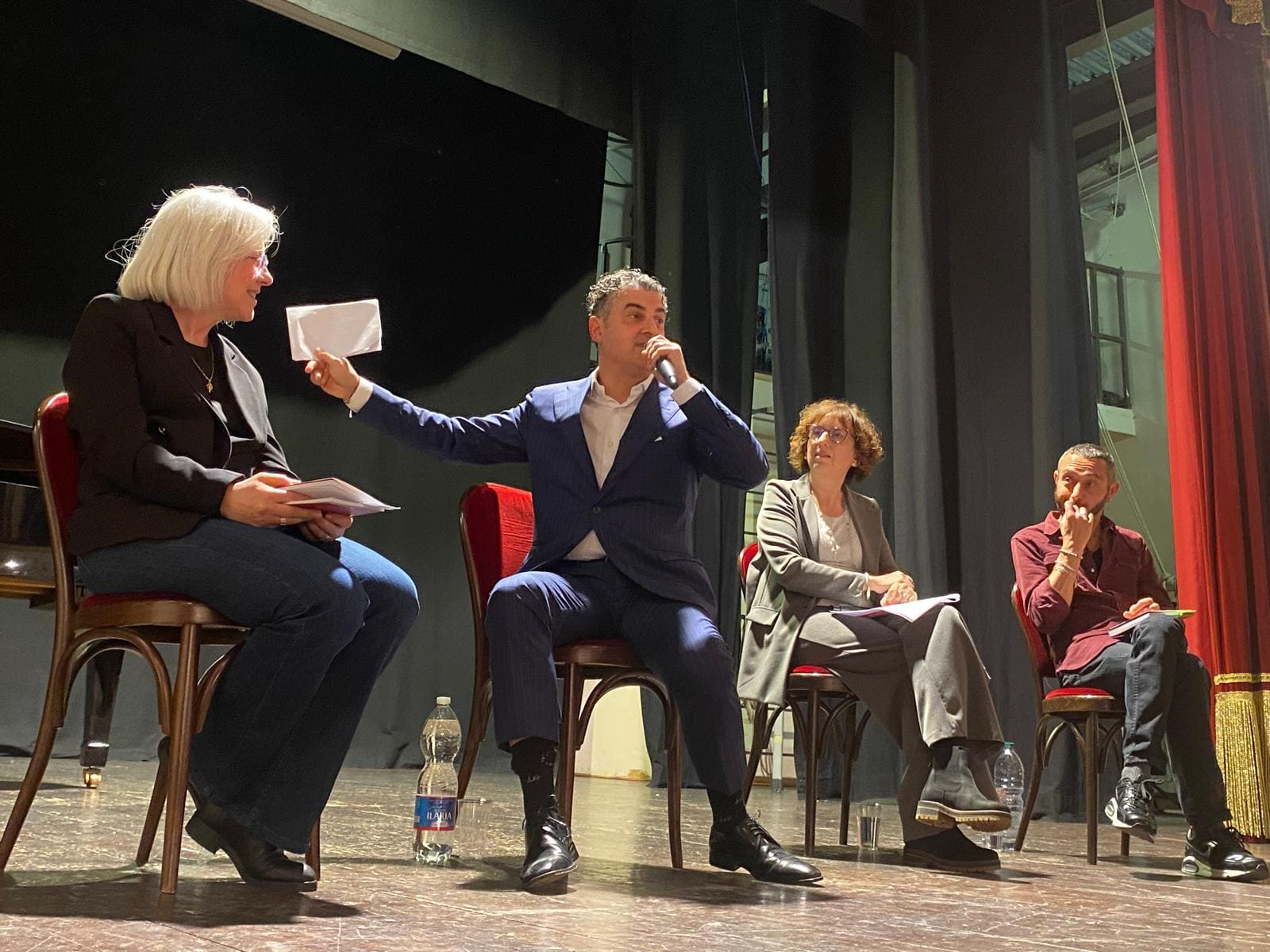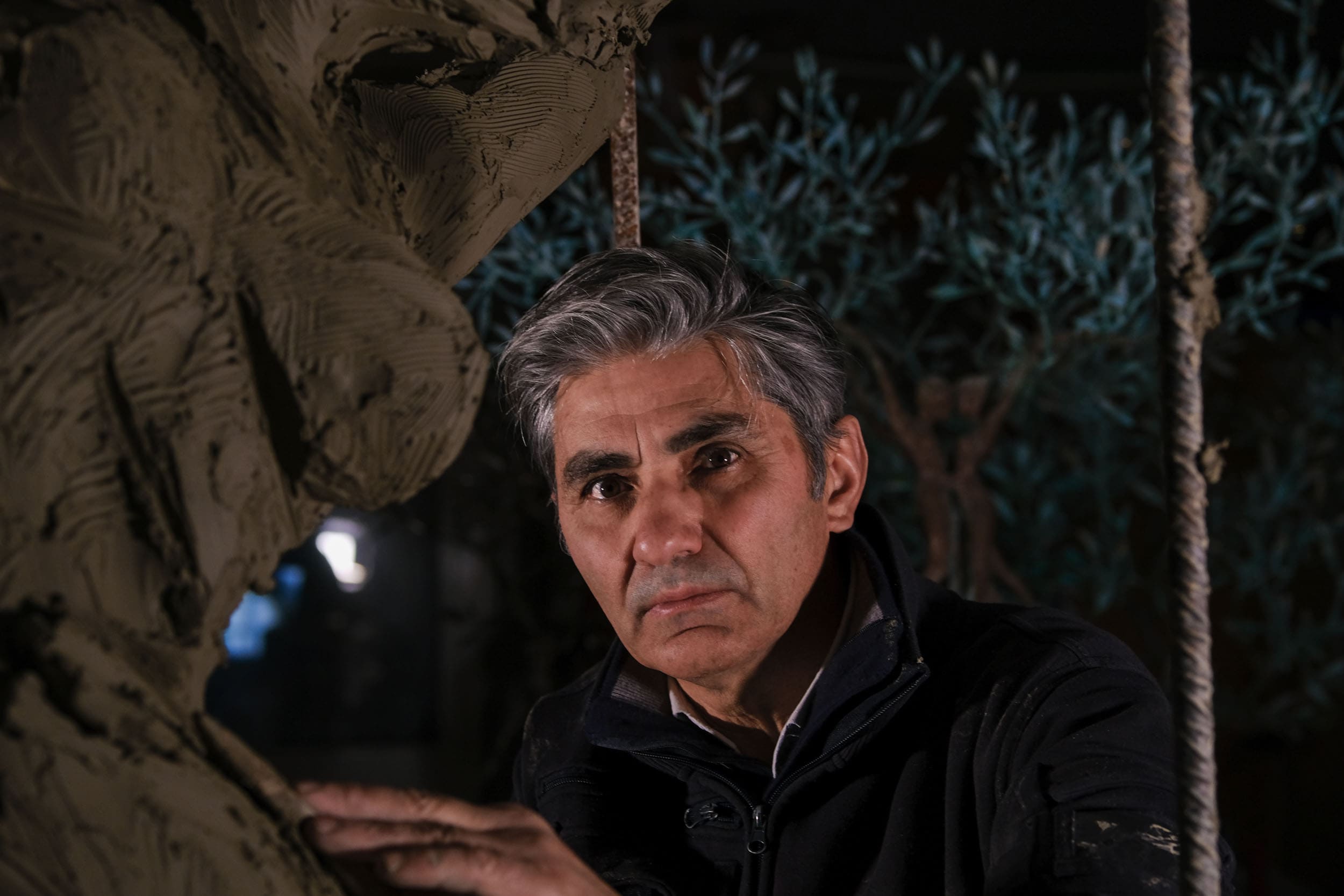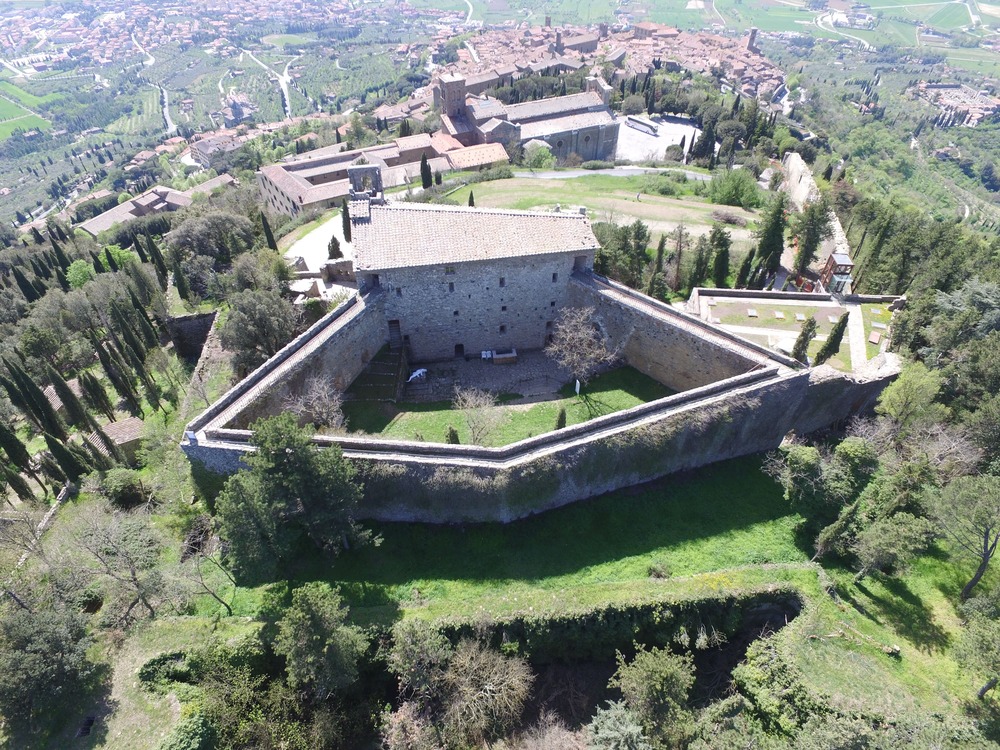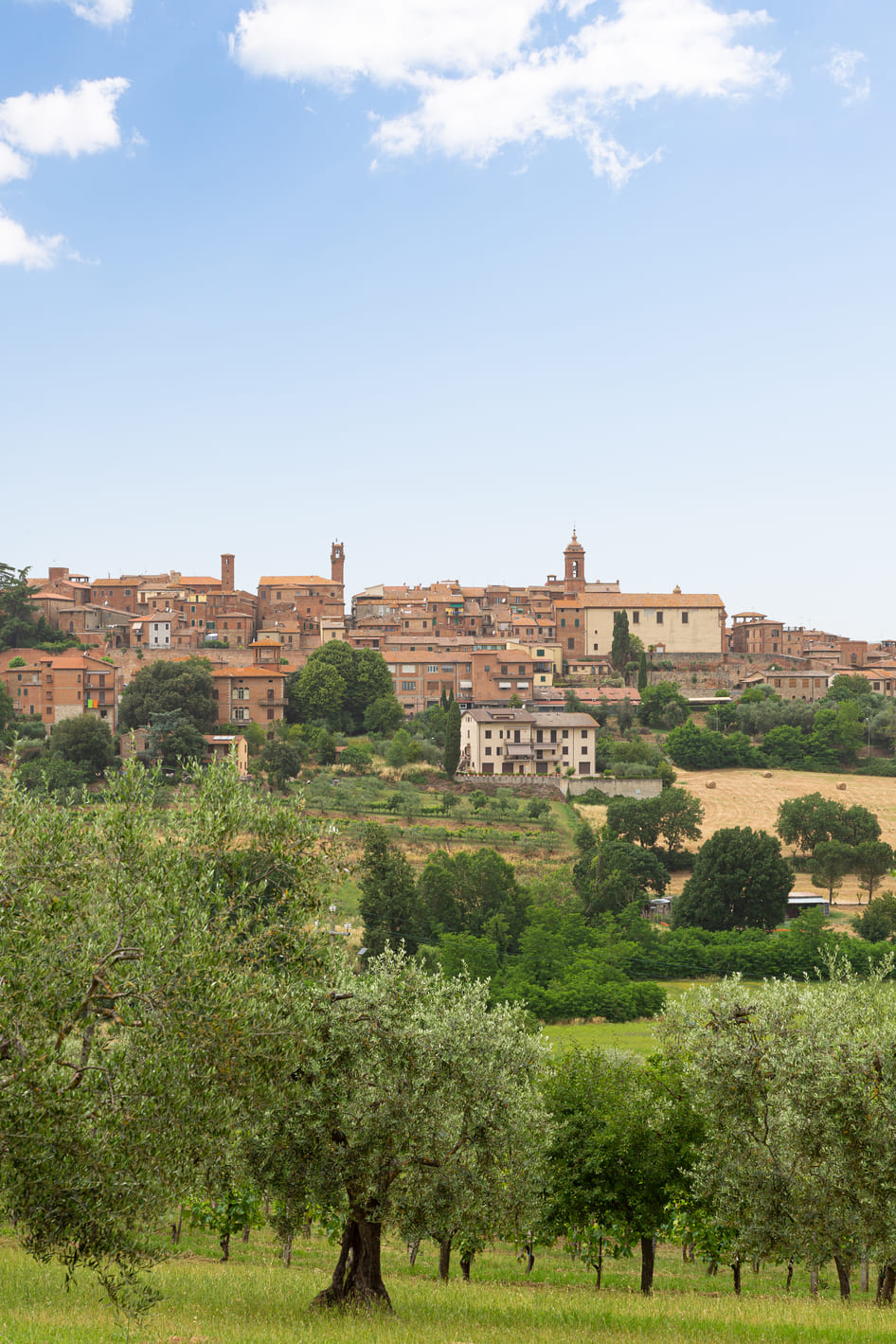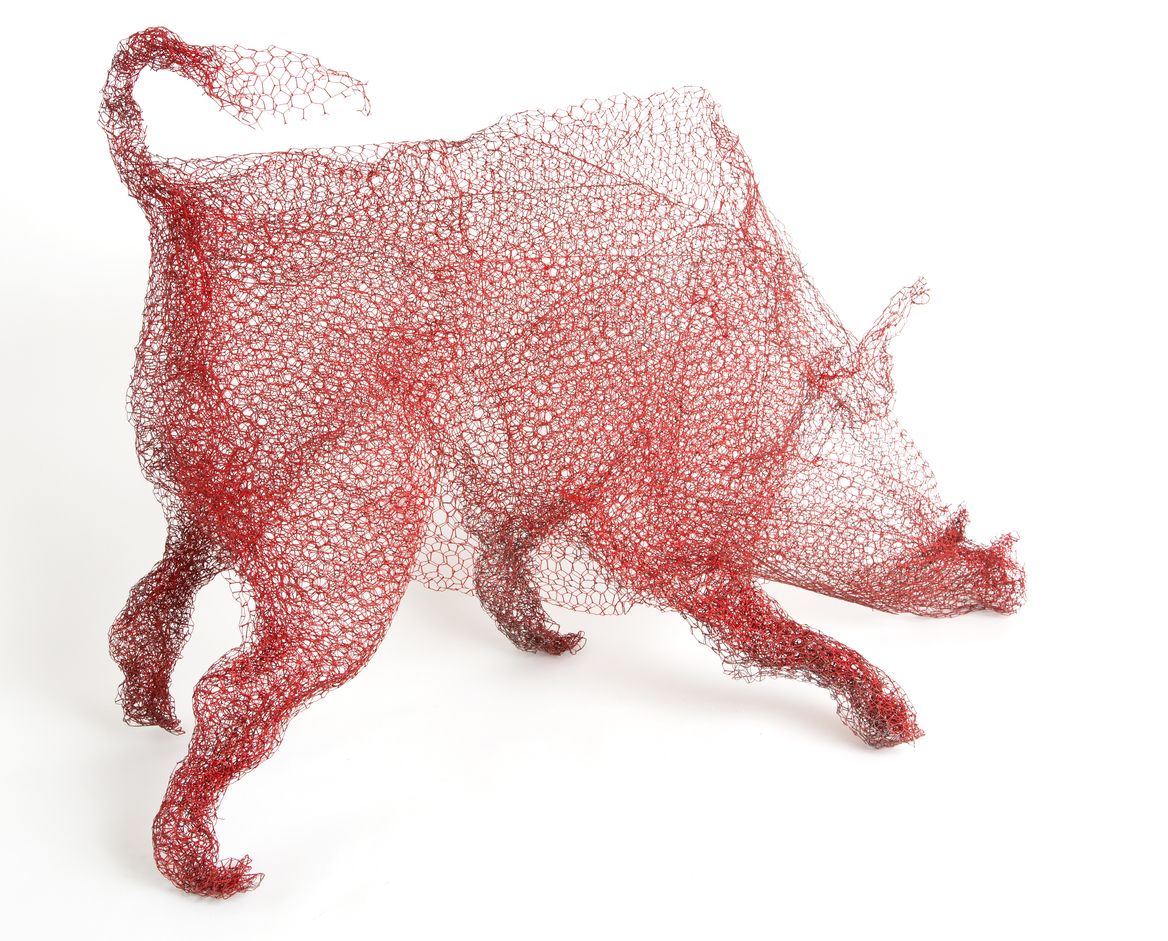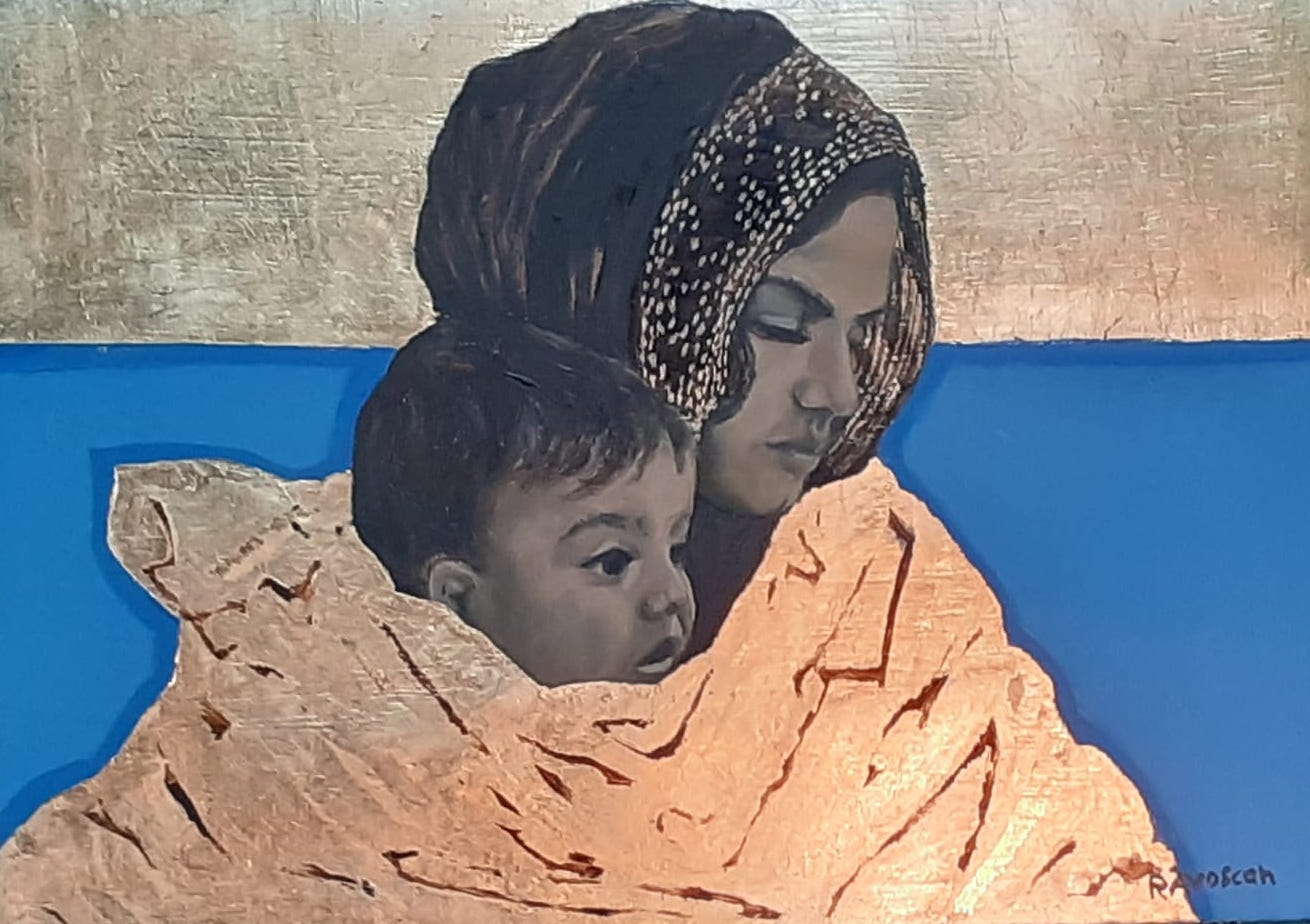Florence, capital of the Renaissance, we are in the complex of the Basilica of San Lorenzo; Paris, the essence of modern European culture, from the Place de la Madeleine to the Hôtel de Crillon: two monumental exhibition itineraries in which Maestro Andrea Roggi confronts the architecture and volumes of the city through the significant lens of his creations. A journey that is only apparently formal that catapults the viewer into a dreamlike and archetypal dimension.
read more >Category: Culture and Events
In this new season I would like to continue to produce new ice cream tastes but also to carry on my new literary stimulus at the same time. I already have contacts with musician friends with whom I would like to return to play the role of the showman, as in the past, and maybe finally find a producer who sits in front of me to listen to my rhyming songs embraced by the music.
read more >My work arises from a constant dialogue between ideal forms and the material that expresses them, a process that is not purely instinctive nor totally rational. It is a fusion of intuition and reflection, in which natural laws and ideas meet, with geometry marrying to living form. I do not try to separate these aspects, because I believe that beauty emerges precisely from this synthesis between ideal perfection and material imperfection, between thought and gesture.
read more >There has probably been a fortress on the hilltop overlooking Cortona since the 5th or 6th century BC, when the original Etruscan walls followed a course which roughly corresponds to the existing perimeter walls of today. However the first historical records describing a ‘strong and beautiful fortress’ date back to 1258 AD. Having been plundered and sacked several times during the wars with Arezzo it was sold to the Florentine Republic in 1411, together with the entire city of Cortona, although reconstruction work only began in 1527.
read more >Torrita, once called “Turrita”, is first mentioned in a document dated 1037 where it is listed as the property of the Benedictine Abbey of Sant’Antimo near Montalcino. As a fortified town with a surrounding wall and four towers, it later served as a military outpost for the defense of Siena’s border with neighboring Montepulciano. Later still, the town held Florentine ambitions at bay until it finally fell to the imperial forces of Charles the First in 1554 and the entire area passed into the Florentine Grand duchy.
read more >While the wire and kinetic sculptures of Alexander Calder and the works of Picasso have been stylistic influences, Antonio has a fascination for the animal world and the natural environment. He started his artistic career making abstract sculptures, but today his creatures include familiar beasts, such as wild boar and deer, dogs, and cattle, but also more exotic rhinoceros and crocodiles. His sculptures are often made of found and recycled materials, which led him to the concept of “land art”. For these installations, Antonio finds a spot in the mountains or countryside and constructs a sculpture from the natural materials he finds on the site.
read more >Rosy’s art is particularly attuned to the twin themes of social justice and the plight of refugees fleeing from war-torn countries to find a new life. Her goal is to communicate, educate and change perceptions through her art, and her works demonstrate this compassion and empathy. Her mixed media work “Honorum” expresses just this, and is a personal way of honoring the lives of the many refugee children who have drowned in the Mediterranean Sea.
read more >